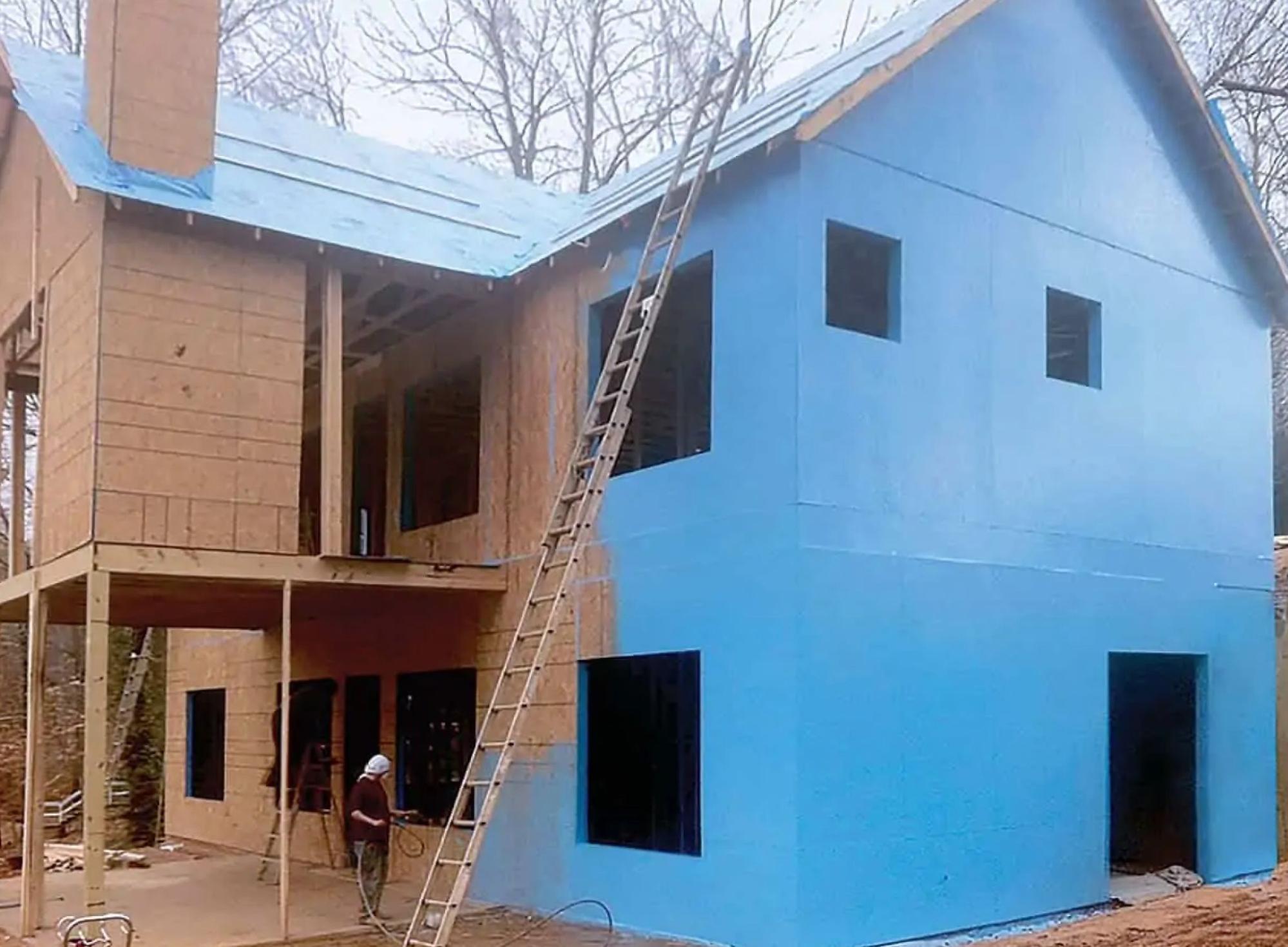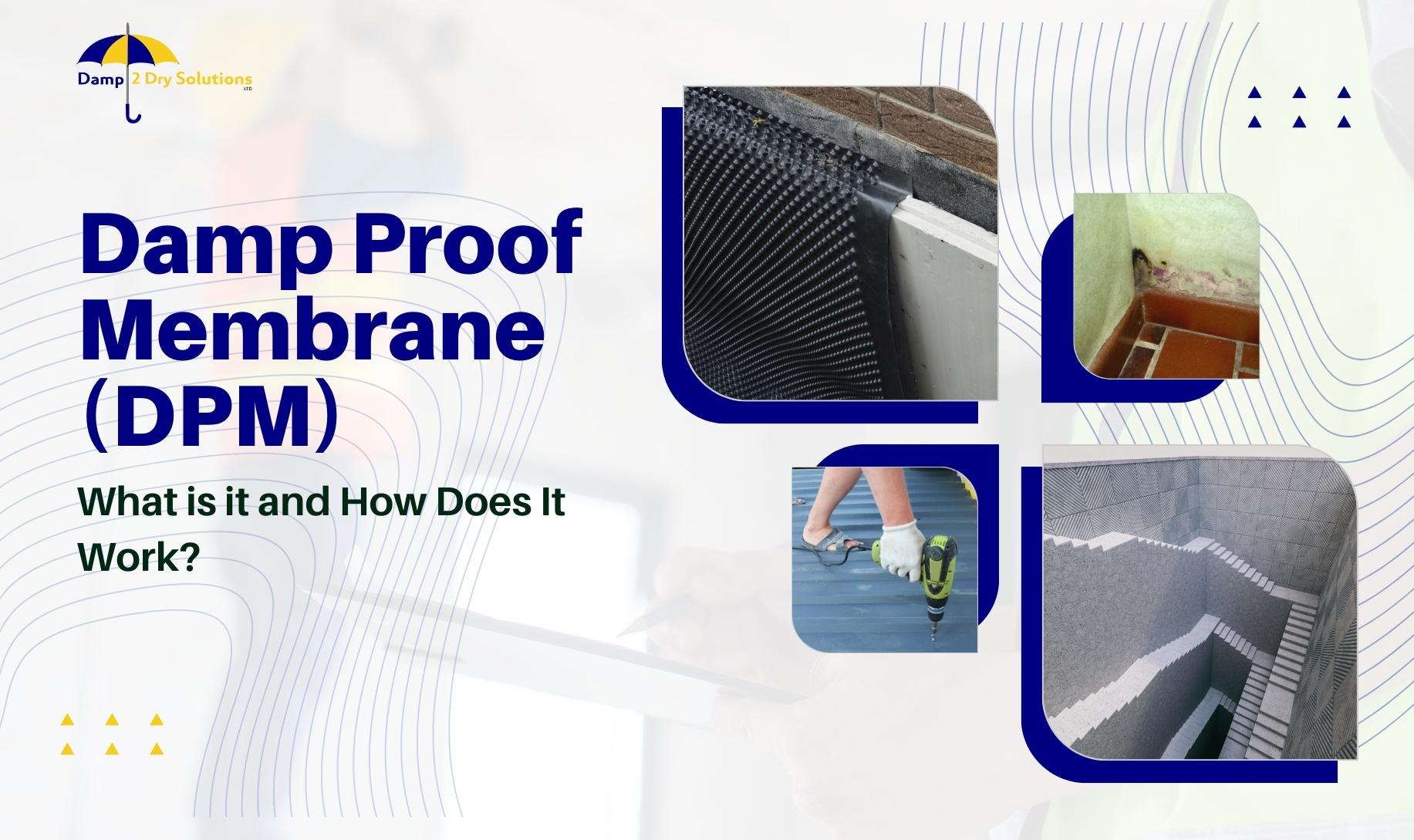Expert insights on dealing with rising damp from damp proofing newcastle
Understanding the Importance of Damp Proofing in Averting Structural Damage
Damp proofing acts as a crucial protection versus moisture seepage in structures. This safety procedure can prevent considerable structural damages, yet many residential or commercial property proprietors continue to be uninformed of its relevance. Recognizing the signs of wetness and comprehending the different options offered can be important. However, neglecting wet proofing can cause severe consequences. What are the details dangers and services that residential property proprietors should think about?
What Is Damp Proofing and How Does It Function?
Moist proofing acts as an essential obstacle versus wetness invasion in structures. damp removal newcastle. This procedure includes using particular products and techniques to stop water from permeating walls, floors, and various other structural elements. Normally, moist proofing can be accomplished through the setup of moist evidence membranes, coverings, or making use of specialized sealants.These methods function by developing a safety layer that prevents wetness activity, guaranteeing that the indoor setting stays healthy and completely dry. Moist proofing is particularly vital in locations prone to high humidity or groundwater, as it helps keep the stability of the structure over time.Moreover, effective damp proofing contributes to energy performance by avoiding warmth loss linked with moist atmospheres. By resolving potential moisture issues before they escalate, damp proofing works as a proactive procedure in guarding buildings from the harmful effects of water damage, ultimately prolonging their lifespan and keeping their worth
Common Indications of Wetness in a Building
Moisture problems within a structure can manifest through several visible indications that indicate the visibility of moisture. One prominent indication is the appearance of water discolorations on ceilings or walls, which commonly suggests moisture infiltration. Additionally, bubbling or peeling off paint can recommend that excess humidity is caught below the surface, bring about deterioration. Another typical indication is the visibility of mold and mold, which prosper in damp problems and can often be determined by their moldy odor. A rise in humidity degrees can cause condensation on windows and various other surfaces, highlighting moisture issues. Ultimately, distorted or irregular flooring may indicate underlying wetness that endangers structural stability. Recognizing these indicators early can assist minimize possible damages and keep a secure living atmosphere. Routine inspections and punctual action are important in resolving dampness concerns prior to they intensify.
The Threats of Disregarding Damp Proofing
Ignoring wet proofing can bring about significant threats to a building's structural integrity, as dampness buildup may damage wall surfaces and structures. Additionally, extended dampness produces a setting conducive to mold and mildew development, posturing major health and wellness dangers to occupants. Resolving these threats is vital for making sure both security and long life of the home.
Structural Stability Dangers
When house owners forget the importance of effective moist proofing, they subject their residential or commercial properties to considerable structural integrity dangers. Long term dampness infiltration can bring about the advancement of mold and mildew, which weakens fundamental components and can jeopardize overall security. Additionally, excess wetness can erode concrete and brickwork, resulting in fractures and structural failings. Wood parts are specifically at risk; they can rot and shed load-bearing ability, posturing significant dangers to the building's structure. Neglected wet conditions might bring in pests, such as termites, which additionally aggravate structural damage. Eventually, ignoring wet proofing actions can lead to expensive repair work and potential safety and security dangers, underscoring the essential function of proactive damp administration in preserving the stability of domestic homes.
Wellness Danger Concerns
Exactly how can a relatively minor oversight cause major health and wellness risks? Disregarding wet proofing can develop an environment for mold and mildew growth, which positions substantial health threats. Mold spores can cause sensitive responses, breathing concerns, and various other wellness difficulties, particularly in prone populations such as youngsters, the elderly, and people with pre-existing problems. Furthermore, relentless dampness can attract pests like rodents and bugs, which bring diseases that additionally jeopardize health and wellness. The presence of moisture also contributes to a decrease in indoor air quality, intensifying bronchial asthma and other respiratory system conditions. As a result, the failure to address wet problems not only intimidates structural integrity however additionally threatens the well-being of residents, highlighting the crucial requirement for effective moist proofing measures.
Various Sorts Of Damp Proofing Solutions
Although different variables can add to damp problems in structures, selecting the suitable moist proofing option is essential for protecting architectural integrity. Numerous choices are offered, each tailored to certain conditions.One usual remedy is a damp-proof membrane (DPM), commonly made from polyethylene or asphalt, which is installed in floorings and walls to avoid moisture ingress. Another choice is damp-proof training courses (DPC), which are layers of waterproof material placed within walls to obstruct increasing damp.Chemical damp proofing includes infusing waterproofing chemicals right into wall surfaces to create a barrier against moisture. Additionally, outside therapies such as tanking, which entails using a waterproof layer to the beyond foundations, navigate to this website can be effective in protecting against water penetration.Each remedy has its benefits and is chosen based on the building's particular problems, ecological conditions, and long-term upkeep considerations, making sure ideal protection against damp-related damages.

The Expense of Damp Damages vs. Avoidance
Comprehending the monetary ramifications of wet damage compared to avoidance highlights the value of positive actions. The expenses connected with damp damage can be substantial, consisting of fixings to architectural elements, mold and mildew remediation, and possible health-related expenses. Home owners might encounter significant financial pressure if substantial damages occurs, leading to enhanced insurance coverage costs and lost home value.In comparison, buying damp proofing solutions is normally even more cost-effective. Initial costs for avoidance methods, such as setting up damp-proof membranes or enhancing drain systems, are frequently exceeded by the long-lasting cost savings from preventing costly fixings. Furthermore, avoiding moist issues can improve a property's general worth and charm, making it a wise financial investment. When examining the price of wet damages versus avoidance, it ends up being clear that taking positive steps can secure economic interests and preserve the integrity of the residential or commercial property gradually.
Picking the Right Damp Proofing Method for Your Residential property
Which wet proofing approach is most suitable for a particular residential or commercial property frequently depends upon numerous aspects, consisting of the building's age, existing wetness issues, and neighborhood environmental conditions. For older structures, standard approaches such as asphalt membranes or cementitious layers may be more reliable, as they can offer a durable barrier against rising moist. On the other hand, more recent buildings might gain from modern solutions like infused damp-proof programs, which are much less invasive and can be customized to certain wetness challenges.Additionally, properties in areas with high water tables or hefty rains might call for advanced techniques, such as dental caries wall drainage systems or exterior waterproofing. Property owners must likewise take into consideration the specific products used in their building's building and construction, as some approaches may not work. Inevitably, a comprehensive evaluation by a professional can guide homeowner in picking the most reliable damp proofing technique customized to their special scenarios.
Keeping Your Damp Proofing System In Time
Normal maintenance of a wet proofing system is necessary for ensuring its long-lasting efficiency and safeguarding a residential or commercial property from moisture-related damage. Home proprietors must perform routine evaluations to determine any indicators of wear or compromise in the damp proofing layer. This includes monitoring for fractures, peeling off paint, or mold development, which may indicate wetness intrusion.Additionally, it is suggested to tidy rain gutters and downspouts frequently to avoid water accumulation around the foundation. If deterioration is observed.Engaging expert solutions for regular evaluations can further boost the sturdiness of the system, reapplying sealers or membrane layers may be required. These professionals can provide insights right into prospective susceptabilities and recommend timely repair work.
Frequently Asked Inquiries
Just How Lengthy Does Damp Proofing Therapy Last Prior To Requiring Repair Services?
The long life of wet proofing treatment generally ranges from 10 to 30 years, depending upon aspects such as the approach made use of, ecological problems, and maintenance techniques. Regular assessments can help identify when repair work might be required.
Is Do It Yourself Damp Proofing Effective Contrasted to Professional Providers?
The efficiency of DIY damp proofing varies significantly. damp specialist newcastle. While some individuals may achieve satisfying outcomes, expert services generally guarantee thorough solutions, leveraging knowledge and quality products to protect against future problems much more reliably than many do it yourself attempts
Can Damp Proofing Improve Indoor Air Quality?
The concern of whether wet proofing can improve interior air high quality occurs often. Effective wet proofing decreases moisture levels, consequently reducing mold development and irritants, inevitably adding to a healthier indoor setting for passengers.
Exist Specific Laws for Damp Proofing in Various Locations?
Regulations for damp proofing vary by region, often influenced by local building ordinance and environmental problems. Conformity assurances efficient dampness control, promoting and safeguarding frameworks security, which highlights the need for adherence to these details regulations.

What Are the Long-Term Advantages of Appropriate Damp Proofing?
The long-lasting benefits of correct wet proofing include boosted architectural honesty, reduced maintenance expenses, improved indoor air top quality, and boosted home value. These benefits contribute to a much healthier living environment and extended life expectancy of buildings. Usually, damp proofing can be attained via the installation of moist evidence membrane layers, layers, or the use visit the website of specialized sealants.These methods work by creating a safety layer that prevents wetness movement, making certain that the interior atmosphere remains healthy and completely dry. Damp proofing is specifically important in locations susceptible to high humidity or groundwater, as it aids keep the integrity of the framework over time.Moreover, effective damp proofing adds to view it now power effectiveness by avoiding heat loss associated with wet environments. Ignoring wet proofing can lead to substantial dangers to a building's architectural honesty, as wetness accumulation might compromise wall surfaces and foundations (mould treatment newcastle). Different aspects can add to damp concerns in buildings, choosing the appropriate damp proofing solution is necessary for maintaining structural integrity. Which moist proofing method is most appropriate for a certain residential or commercial property often depends on numerous factors, consisting of the structure's age, existing dampness concerns, and neighborhood ecological problems